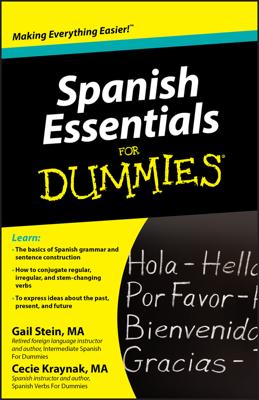So you want to ask a Spanish question but aren’t sure how to form it? Just turn your declarative Spanish sentence into a question with these easy steps and ask away.
Start with a normal declarative sentence.
A typical sentence begins with the subject and then follows to the verb. Here are a couple of examples:
Ésta es la puerta. (ehs-tah ehs lah poo-ehr-tah) (This is the door.)
La mujer es bella. (lah moo-Hehr ehs bveh-yah) (The woman is beautiful.)
Reverse the order of the subject and the verb.
Where you say “Ésta es . . .” (ehs-tah ehs) in a regular sentence, you say “¿Es ésta . . .?” (ehs ehs-tah) in the question form. This same principle works in English when you change “This is . . .” to “Is this . . .?” So the first example in the previous step becomes
¿Es ésta la puerta? (ehs ehs-tah lah poo-ehr-tah) (Is this the door?)
But wait! The same process also works for sentences that don’t fit the “This is. . .” mold. Reverse the subject-verb order of the second example above and you get
¿Es bella la mujer? (ehs bveh-yah lah moo-Hehr) (Is the woman beautiful?)
Don’t worry about do.
English questions often include the verb do in questions, but Spanish makes things easier on you. In Spanish, the word do is understood as part of the verb:
¿Vas al cine? (bvahs ahl see-neh) (Do you go to the movies?)
¿Hacen las tortillas? (ah-sehn lahs tohr-tee-yahs) (Do they make the tortillas?)

